We travel long distances for business, family reasons or holidays and vacations, but the trip itself is rarely a pleasure. Let’s try making long distance travel easier!
StepsMethod 1Method 1 of 3:For All Kinds of Travel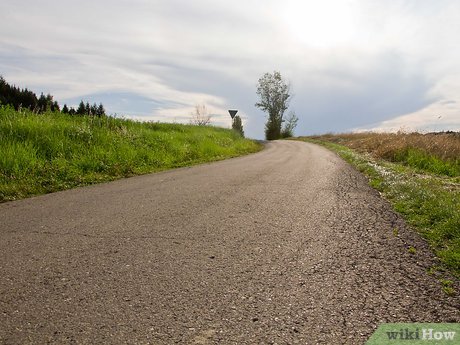
1Put your travel into perspective. What one person considers a long distance might not be so long to others. As a rough guide, you might consider travel to be “long” if it’s more than 8 hours by air, more than 6 hours by train, or more than 4 hours by car. However, what feels “long” depends on regional attitudes. In the USA, an 8 hour flight might seem long.To Australians, who frequently fly direct to Europe or the USA, 18-24 hours is long but commonplace. An English person may feel a 1-hour drive is “long”, while another traveller may complete a longest single car drive from Brisbane to Sydney totalling 15 hours. A trip is “long” when you make special preparations for it because you feel it is necessary due to the length of time you will be travelling.
2Get excited about your trip. Okay, the travel itself might be a drag, but your mindset will make all the difference. If you’re excited about where you’re going and what you’re doing, the trip can be well worth it! Try to reframe your perception of the distance to avoid being overwhelmed by it; if you can’t do that, at least focus on the end goal being worth it!
3Dress appropriately. Generally, dress for where you’re going to, not where you’re coming from. An Arran sweater is a trap in a Singapore summer. Be comfortable. Use layers so that you can adjust to varying levels of air conditioning in airports, planes, stations, trains, cars, and so on.Wear something with front pockets or have a bumbag or fanny pack so things are easier to reach (e.g. sweets, lozenges, headache pills, ear plugs, napkin).Wear a suit if you have immediate business commitments, but try to hang it up, if in first or business class, or carry it on board in a half-length suit bag that will fit without crushing in an overhead locker.Consider wearing an angler’s jacket. These waistcoats have multiple forward pockets perfect for holding, and easily reaching, all your nick-nacks. When a meal or beverage comes, your paperback slips in a pocket. Your passport is handy. You can slip off the jacket at customs without having to unpack it.Method 2Method 2 of 3:For Planes and Public Transit
1Pack an easily reached neck pillow. These crescent-shaped inflatable pillows can make sleeping or resting much more comfortable. Long flights sometimes offer blankets. While these are often light, they deflect air conditioning and provide psychological comfort.If you don’t have a neck pillow at home, you can always pick one up at the airport itself. Most terminals have at least one shop selling inflatable, bead-filled, or memory foam pillows of this sort, and they’re surprisingly inexpensive.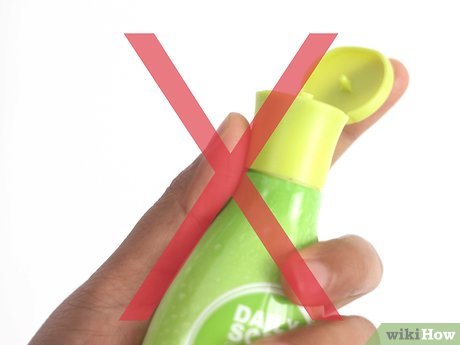
2Consider others. Avoid wearing strong perfume or after-shave, it might provoke reactions, including allergic reactions, from other passengers. Sitting beside someone who detests your perfume may make a 6-8 hour journey seem a lot longer.
3Prepare for the air conditioning. Many planes and even trains keep their cabins cold and crisp. Bring layers, and consider minimising any makeup so that long travel doesn’t make it cake and dry it on. However, consider a small travel tube of moisturiser, as skin dries in prolonged air conditioning.
4If you need prescription medicine, pack one or two dosage bundles into a tiny jar or resealable sandwich bag. This is better than opening pill packets while travelling as the contents may spill or jump awkwardly, landing on the floor or disappearing. If you forget and have to unpack pills, go to the toilet, put a plug or cloth in the sink and use the available washstand space.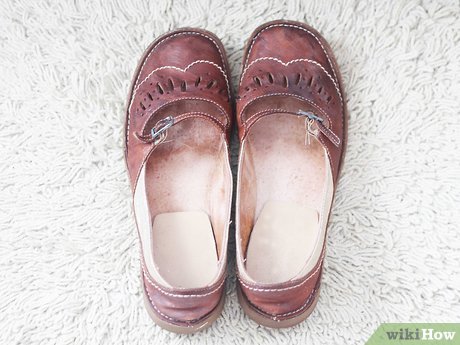
5Pick your footwear with comfort and security in mind. Laces mean delays at security, especially for tall boots. Wearing tall boots is easier than packing them but, if so, clear security early. Slip-ons make life easier and some woman’s flats can fold into hand luggage if bare feet make your journey more comfortable. Some shoe designs feature steel bars in the sole, avoid these where security checks will mean multiple security checks and delays.
6Do your homework. This is especially important if you’ll be stuck on a long flight. Are meals offered? At a cost, or included in the price? Do you have special dietary needs and can you order before travelling?
7Remember to drink water. Hydration is important. Long trips are dehydrating. If you feel hunger it may actually indicate that you have been ignoring symptoms of thirst. For particularly long trips, pack effervescent Vitamin C&B tablets. Vitamin C helps ward off many common ailments and Vitamin B helps ease stress.
8Decide whether or not to drink alcohol. If available and you want some, have a little to relax and take the edge off the day. Don’t drink to excess because you have a captive audience with access to social media and complaint systems. Get drunk on the ground, where airborne antics won’t get you barred from flying, or blacklisted. There is another reason to take care. Alcohol dissolves quicker into the bloodstream with carbonated drinks, e.g. champagne, or mixers and all alcohol dissolves faster into the bloodstream at altitude. Your “safe limit” may not apply.
9Take special care if travelling with infants. Consider other passengers and plan ahead. The most common problem is pressurization, which adults fix by yawning or blowing their nose, to “pop” their ears. Babies don’t know to do this and the resulting ear pressure can be unbearable. Babies “compensate with their lungs” but to little effect. Sucking can help equalise pressure but a crying baby will spit a dummy. Try getting your child to suck on your finger, or feed the child. Your doctor or infant health centre may have other options.Method 3Method 3 of 3:For Car Trips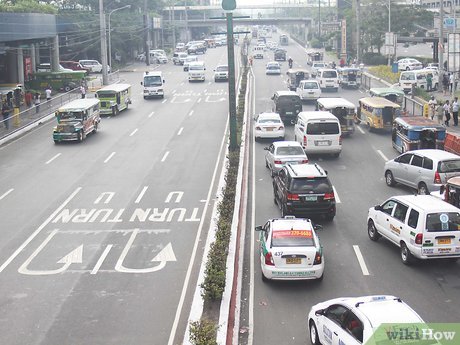
1Plan your route, and note the locations of fuel and rest stops, and opportunities to buy food. If you’ll have to drive for long stretches without these facilities, bring lots of snacks, water, and even some toilet paper, and make sure you have enough fuel to get between stations.Check you have maps in case your GPS fails. Do a little extra research to make sure there are no GPS flaws on your route (people have been directed into deserts), and plan out where you think you’ll stop for bathroom breaks, food, and gas.
2Bring plenty of snacks and drinks. Have a large water bottle in your drink holder with a ‘bobble top’ or flip top. Bring some extra water along, too, in case you run out or a passenger wants some. Stay hydrated, even if it means having to stop for bathroom breaks!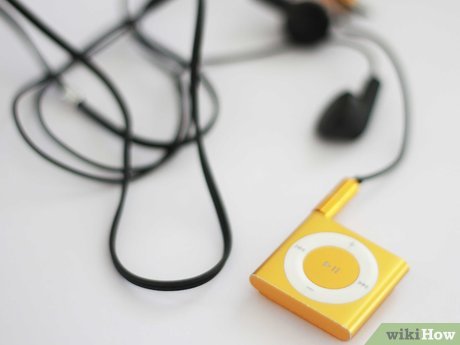
3Bring entertainment. Have music available but not so relaxing that it makes you drowsy. Consider books on tape as a way to stay awake and engaged while you drive.If making your own compilation CD or playlist make every 5th song irritate you a little to keep you awake!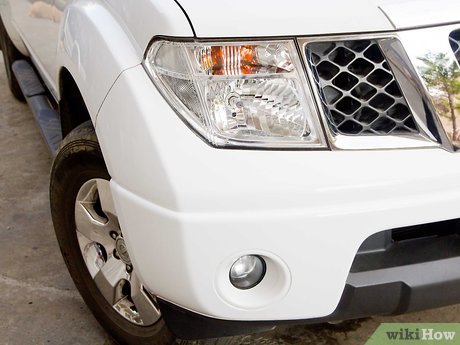
4Prepare your car for the distance. If you’re travelling far from your regular mechanic, you might want to have them check out the car before you go. Make sure your tires are properly inflated, your fluids (oil, water, coolant) levels are right, and keep the windscreen clean. A dusty or dirty screen diffuses light and creates glare.Get professional advice if considering petrol additives. All these things affect peace of mind.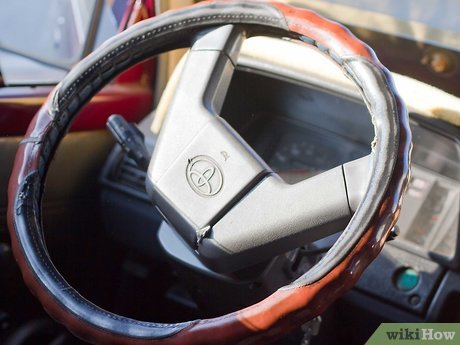
5Use driving gloves. These improve grip and make a steering wheel easier to hold on a hot day.
6Take a break every two hours. Australia has a continuing national campaign called “Drive, Revive, Survive”. The slogan gets to the heart of the matter: as a driver, you need regular breaks to stay safe, and to keep others around you safe. Don’t “power through” any bouts of tiredness. Take a break, stretch, get a snack and drink some water, and only return to the road when you’re ready to focus again.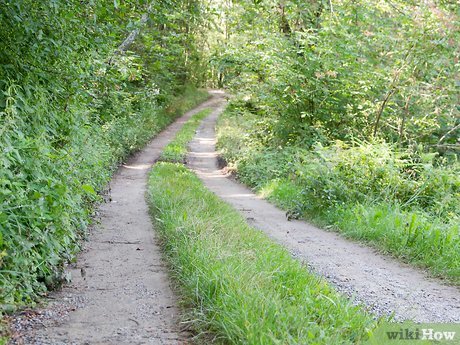
7Vary your route to stay engaged. If you often drive the same route, break the trip in different places and make a whistle stop tour of something different.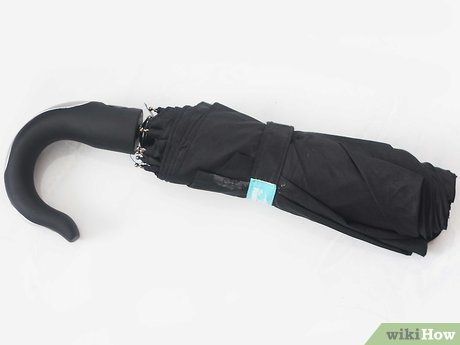
8Prepare for emergencies, just in case. Have rain gear handy if needed. Pack a drop sheet or camping rug beside your emergency jack in case you need to get partway under the car. Make sure you have the basic mechanical equipment and know-how needed to change a tire or jump start your car if the battery goes flat at a rest stop. Sign up with your local auto club in case you experience car troubles out of your depth.








